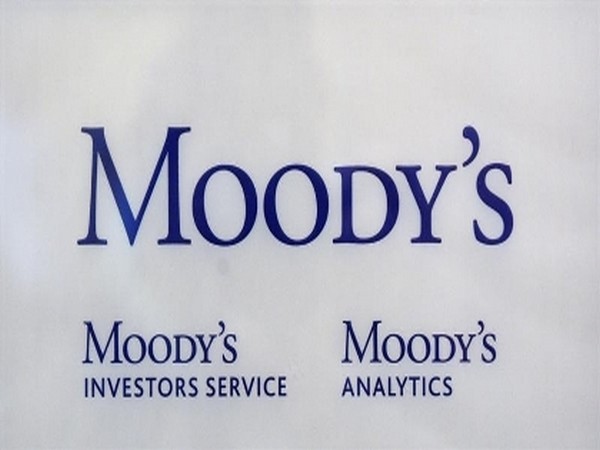New York: A newly released report by Moody’s on global oil and gas has outlined credit analysts’ themes for the industry heading into 2019, even as it faces risks from oversupply.
As per Moody’s, the market expectations for continued strong oil demand growth have remained in place, despite concerns about weaker global economic growth, tariffs, and a strong US dollar.
While the recent announcement that OPEC and Russia will cut production helps alleviate concerns about oversupply, the pivotal questions in the coming year are whether OPEC and Russia will maintain their production discipline and what might happen in June when the current agreement expires, Moody’s report stated.
“Market expectations for continued strong oil demand growth remain in place, despite concerns about slowing demand growth as a result of weaker economic growth, the impact of tariffs and a strong US dollar,” said Steve Wood, Moody’s Managing Director for Oil and Gas.
“Very high Saudi and Russian production, in particular, has heightened supply volatility, so whether OPEC and Russia maintain production discipline and renew agreements to limit output are key concerns going into the new year,” he added.
Moody’s expects the medium-term price band for West Texas Intermediate (WTI) crude, the main North American benchmark, to be $50-$70 per barrel (bbl), and North American natural gas at Henry Hub to average $2.50-$3.50/MMBtu.
Investors in exploration and production companies will continue to wait for better returns in 2019. Although capital efficiency has improved and commodity prices are higher than in 2015-16, infrastructure constraints have lifted transportation costs.
Asian NOCs will increase capital spending to support growing domestic fuel needs in line with national energy policies, but volatile oil prices, increasing shareholder returns, soft refining margins, and evolving fuel-price regulations all pose credit risk, the credit rating agency said.
The report further said that infrastructure coming into service in late 2019 and 2020 will ease bottlenecks in the Permian, western Canada, and other regions, relieving stress on commodity prices.
While overall oilfield services earnings will increase by 10 per cent-15 percent from a relatively low level, most of that growth will likely come only later in 2019 after the heightened oil-price volatility of late 2018.
Moody’s further noted that distillate margins for refiners will begin expanding from already strong levels in the second half of 2019 and remain strong through at least 2022.
Mexico’s energy sector faces risks to business confidence from a new government policy that would shift PEMEX toward refining and away from oil production, and from a proposal to place energy regulation under federal energy ministry oversight.
[source_without_link]ANI[/source_without_link]

